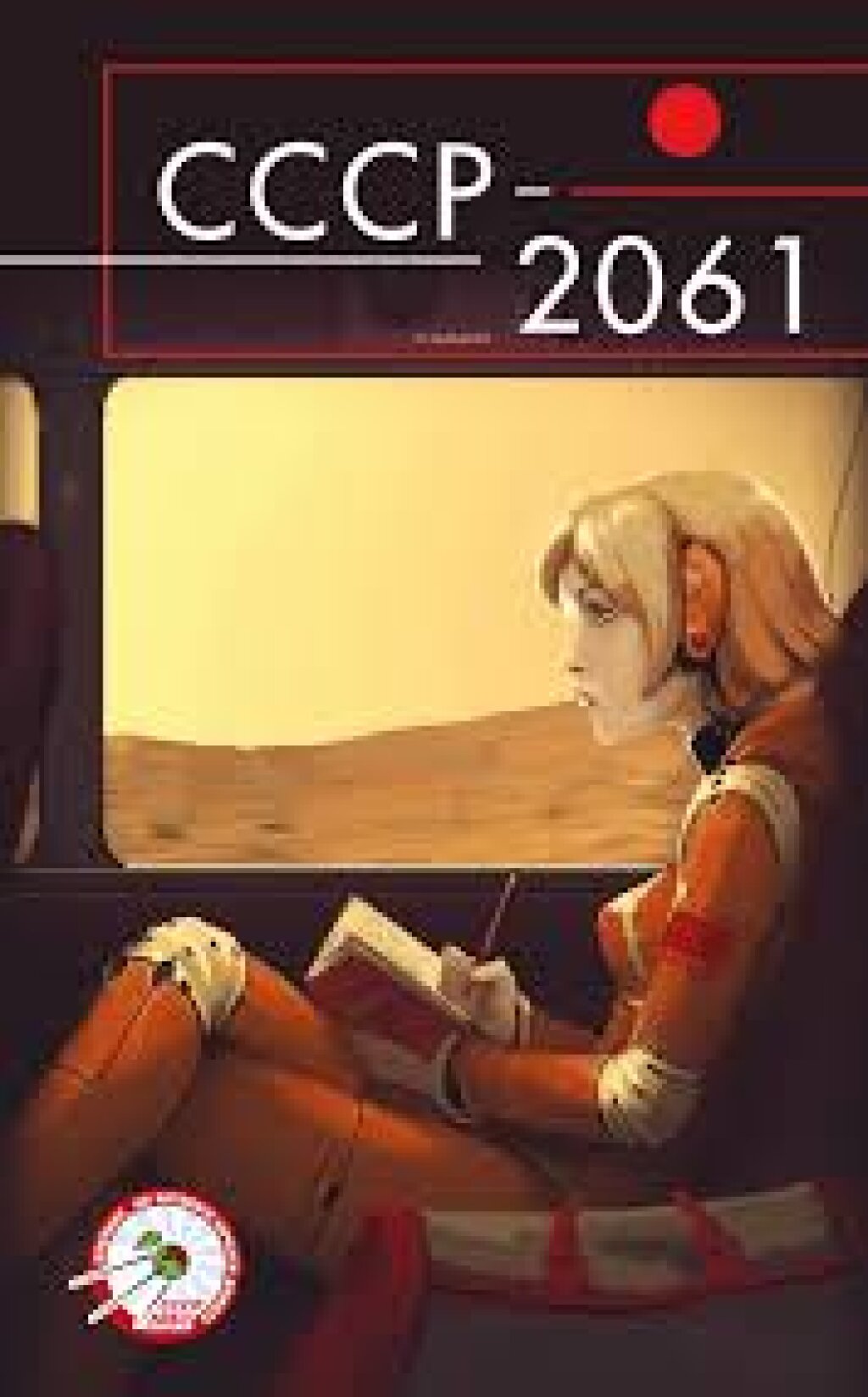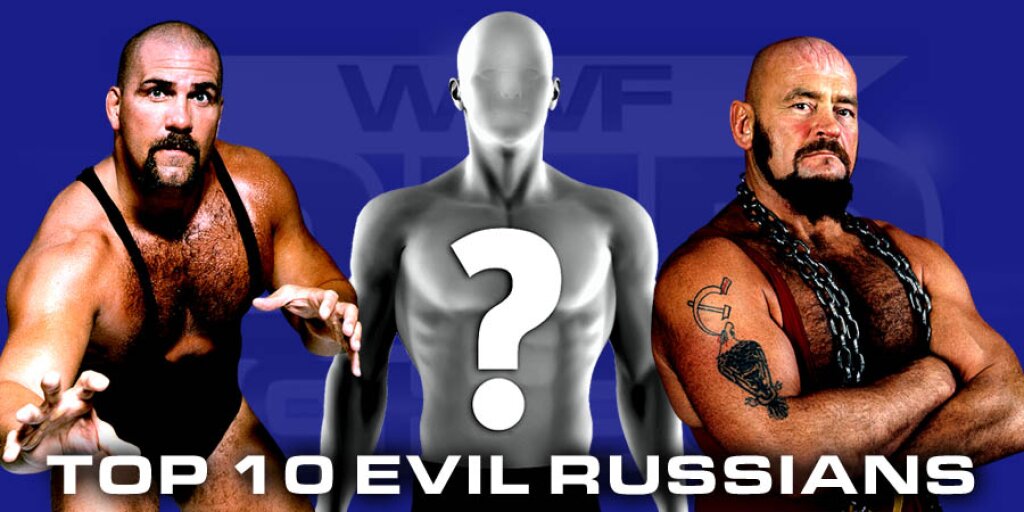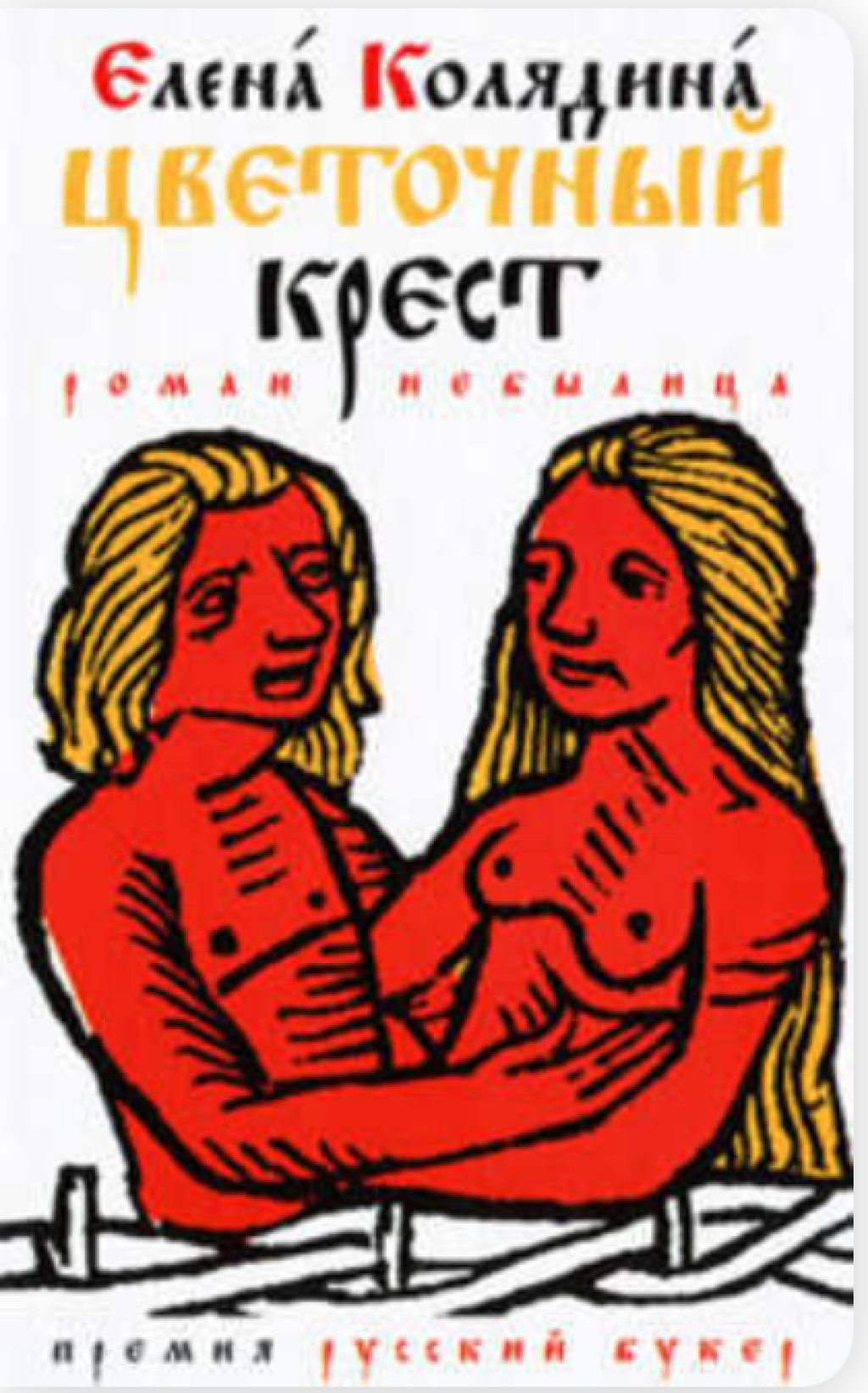This post is part of the Introduction to Unstuck in Time: On the Post-Soviet Uncanny, an ongoing Tuesday/Thursday summer feature on All the Russias. It can also be found on Eliot Borenstein’s website. To get email announcements about new posts, please write to eb7@nyu.edu
In the early 1990s, one of the Russian Federation's national evening news programs wrapped up its broadcast each night with the weather forecast. Names of cities would scroll across the screen, accompanied to an instrumental cover of The Beatles' classic song, "Yesterday." Apparently, no one at the station was troubled by the fact that their predictions for tomorrow were set to a melody about the previous day.
While this mismatch might not have bolstered confidence in meteorology, it did inadvertently presage the wave of nostalgia that would start washing over the country by the decade's end. Why couldn't tomorrow look more like yesterday? For that matter, couldn't we get started on this today?
Once again, as with the Time Crashers, popular entertainment's response involves something adjacent to alternate history. The Time Crasher stories are also not exactly alternate history, but one of the more popular plot lines featuring them is about making an alternate imperial history possible: going back in time and preventing the collapse of the Soviet Union. In such stories, a thriving, twenty-first-century USSR is a fairytale happily-ever-after; it need not be described in detail, but merely has to happen.
This does not mean that a healthy Soviet Union that has lived to see its centenary has not captured some part of the Russian artistic imagination. Like the now established Steampunk genre, which can include a present-day or future quasi-Victorian or Edwardian world extrapolated from mechanical rather than digital technology, Russia has begun producing imagery and stories about a USSR whose continued existence is based on the digital technology that barely had a chance to take off before the Soviet collapse. For years now, the hashtag #SovPunk (and its variations, #sovpunk and #sovPunk) has popped up intermittently on both the English- and Russian-language Internet (on Twitter and Pinterest as well as a tag on Flickr and Pinterest), often attached to retro-Soviet objects and styles, though it has not coalesced into a significant movement.
The aesthetic appeal of the SovPunk idea is clear, as are the parallels to Steampunk's fetishization of analog technology. The comparison has its limits, however. In Steampunk, the reappropriation of the nineteenth century is largely a matter of aesthetics and adventure; to the extent that there is nostalgia, it is at a great remove from the implied reader's experience or ideological framework. Coined by analogy to the much more politically charged genre of cyberpunk, the inherently backwards-looking Steampunk lacks its parent genre's critique of capitalism and speculation about the nature of the posthuman. In Steampunk, the coolness is the message.
This is one of the reasons why, having proposed "SovPunk" just two paragraphs ago, I have no inclination to try to make it stick. While the imaginary Soviet present (and, occasionally, Soviet future) certainly look to the past for inspiration, the guiding principle is not primarily aesthetic. The USSR in the 21st century can serve a variety of ideological and artistic purposes: it can compensate for the lingering sense of defeat and loss stemming from the Soviet collapse; it can serve as a utopian or dystopian alternative to the current order of things; and, perhaps most important, it can estrange the reader and viewer from the actual world around them, making our world seem somehow off thanks to the sheer ordinariness of the constructed alternative Soviet present.
The present-day Soviet Union is not all that common in Russian fiction; Elena Chizhova's 2017 novel The China Expert (Kitaist) comes close, and even this book derives much of its power from its position within the "Hitler wins" category of alternate history (the prewar territory of the USSR is now divided between an independent, communist Soviet Union and a Nazi-dominated Russia). Moreover, the novel seems to take place in the 1980s, which leaves the USSR’s continued survival an open question. Rather, the present-day Soviet Union featured prominently in two of the most popular television series of the last decade: The Dark Side of the Moon (Temnaia storona luny) (2012-2018), a Russian remake of the British Life on Mars (2006-2007), and Chernobyl: The Exclusion Zone (Chernobyl': zona otchuzhdeniia) (2014-2017; feature film, 2019). The uses of the alternative present-day USSR are the focus of Chapter 2.
Fantasies about a Soviet Union that never collapsed are an extended exercise in the conditional subjunctive: what the world would be (or would have been) like in this scenario. As fantasies, they can be immersive: no one in the story is aware that they are a different or imaginary world. Or, they can be portal/quest fantasies, like The Dark Side of the Moonand Chernobyl: The Exclusion Zone; one or more characters from our reality travel to an alternate present-day USSR, and these characters' alienation from their new surroundings is part of the story. Either framework can serve as an exercise in wish-fulfillment, even when the new Soviet "reality" proves less than enticing.
But science fiction and fantasy are not the only paths to a Soviet present, or even to visiting a Soviet past. The Soviet conditional subjunctive can also be the result of a collective act of will on the part of people who know that they are deviating from post-Soviet reality or rejecting it all together. Chapter 3 looks at a wide range of attempts, both in fiction and in real life, to revive or maintain the fallen Soviet Union in the present day. [1] The most obvious form is the theme park, as in the 2006 film Park of the Soviet Period and the brief public event at Gorky Park under the same name. More evocative and controversial is the Ilya Krizhizhanovsky's years long film series, exhibits, and experiment in communal living called DAU, which immersed all of its participants (and, eventually, visitors) in the reconstruction of a lost Soviet world. Dogged by accusations of cult-like behavior and sexual violence, DAU would be an object lesson in going overboard.
On a less sinister, but potentially more politically disruptive note is the movement of people scattered throughout the former Soviet space who insist that the dismantling of the USSR was illegal and invalid, refuse to pay taxes, and use "Soviet" identity documents. They are the apotheosis of the nation as imagined community: they refuse to see the Russian Federation as a real legal entity, insisting on the existence of the Soviet Union as an act of sheer collective will.
Note
[1] It is quite possible that, by the time I am done blogging Chapter 1, Chapters 2 and 3 will have either switched places or changed their shape in some other manner.



